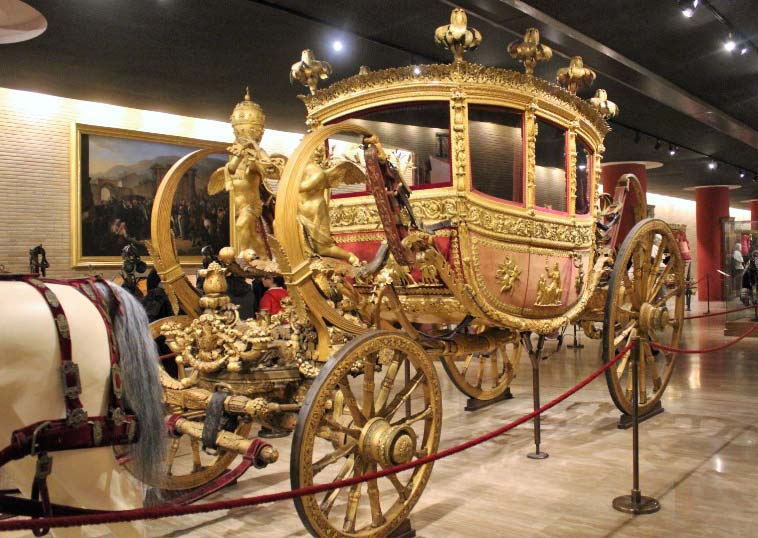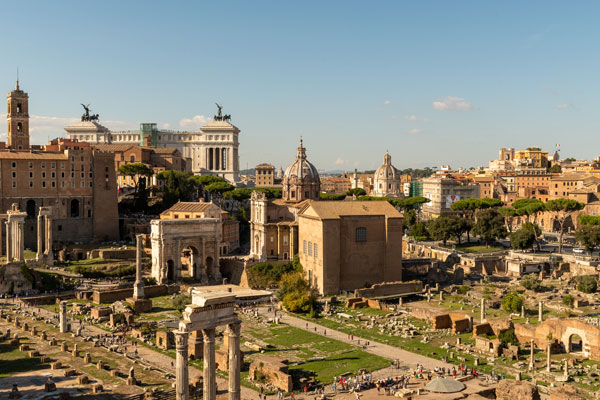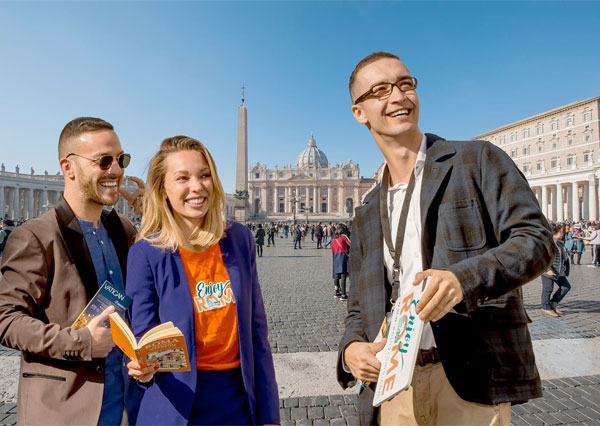The Carriage Pavilion at The Vatican Museums
For those with a keen interest in vehicles and modes of transportation, the Carriage Pavillion at the Vatican Museums is a ‘must-see’. Inaugurated on April 19th, 1973 by Pope Paul VI, the Carriage Pavilion (Padiglione delle Carrozze) features a variety of transportation used by the popes over the centuries. Also on display near the horse-drawn carriages are several busts of various popes over the centuries.
History
Until the 19th century, carriages were the dominant mode of transport, however, this all changed in the 20th century when motor vehicles were added to the Vatican’s transport collection.
Carriages
The Carriages Pavilion features an impressive collection of exquisite carriages, richly decorated which were predominantly used for special occasions. One of the most ornate carriages in the collection is the Grand Gala Berlin, constructed in Rome in 1826. The original carriages, sedan chairs, court livery, and horses’ harnesses are on display for all to admire.
Cars
The major automobile manufacturers competed to donate their best vehicles to the Vatican’s fleet of cars. There is now a wide-ranging collection that can be seen, featuring cars such as the classic VW Beetle, which was the last Beetle produced by Volkswagen in Mexico to the most luxurious such as the Mercedes Benz Nurburg 460 limousine, designed by Ferdinand Porshe. Other cars on display include a 1964 Lincoln Continental and a 1974 Citroen.
Popemobiles
Popemobiles were also added to the Vatican’s collection of vehicles. These are used to transport the Pope through enormous crowds, moving at a very slow pace. In a Popemobile, the Pope stands up at the back of the vehicle, allowing people to see him passing by.
Initially, these vehicles were open-roofed, however, following the attempted assassination of Pope John Paul II on 13 May 1981 in Saint Peter’s Square in the 1973 Fiat Campagnola, Popemobiles were later constructed with protective glass. Pope John Paul II survived the attempted assassination but was severely injured.
Tours of the Carriage Pavilion
To find out more about the history of these luxurious papal carriages and historical cars, join us for a tour of the Vatican Museums and the Carriage Pavilion, where are our expert guides will share their knowledge.
For further information and to book, check out all our Vatican tours.
Photo by tradizioneattacchi.eu



